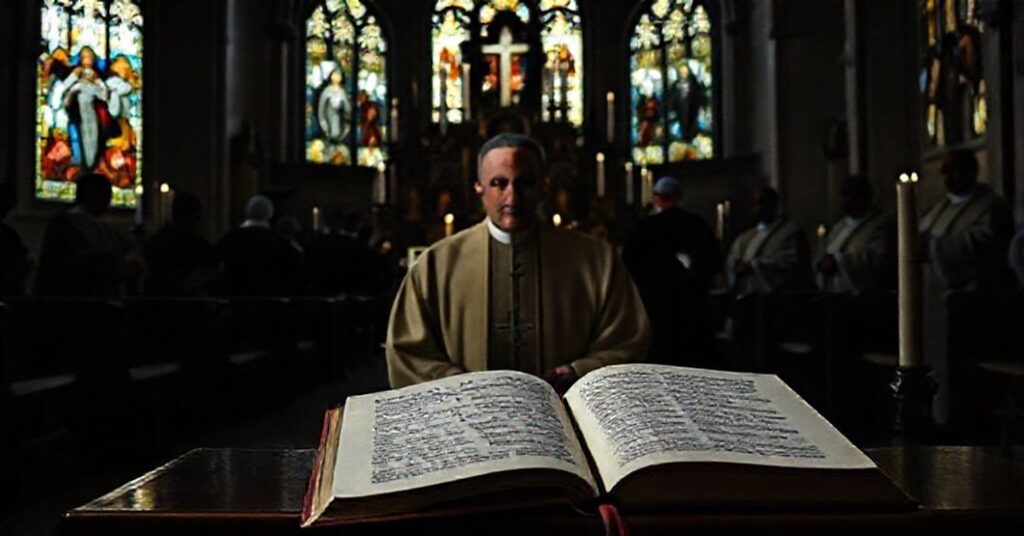Sacrae Laudis (1962.01.06)
Venerable brethren and beloved sons are called by John XXIII to unite in intensified recitation of the Divine Office as a “sacrifice of praise” for the “happy outcome” of Vatican II, presented as a “new Pentecost” and even a “new Epiphany,” with particular emphasis on clergy as mediators whose common prayer should prepare and sustain this conciliar event in hope of ecclesial “renewal” and adaptation of discipline to “the needs of this age.” The entire text, clothed in pious language and allusions to Bethlehem, the Magi, and the heavenly liturgy, functions, however, as a devotional-anesthetic to sanctify in advance the conciliar revolution and to conscript the sacred liturgy itself into serving an already predetermined programme of aggiornamento subversive of the unchanging Catholic faith.




